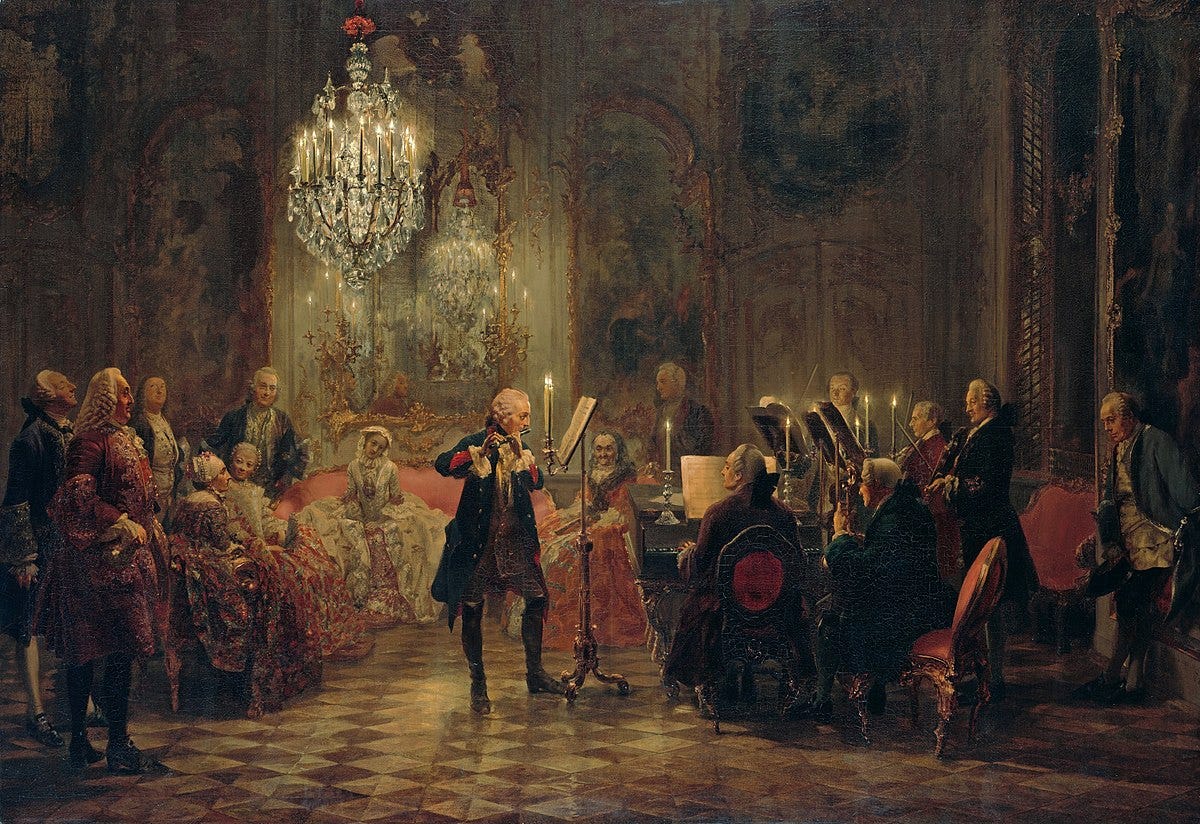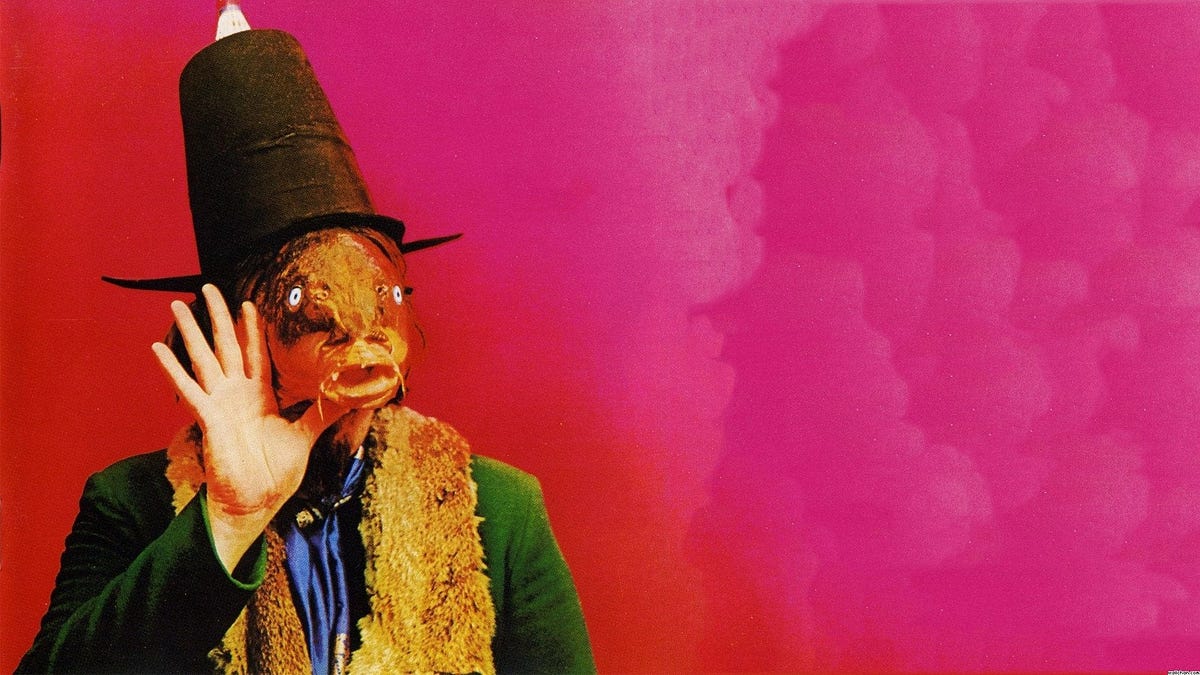How to Objectively Judge Art
Like many, I have often wondered the extent to which certain art is better than other art. This is commonplace for consumers of art. Like the clothes you wear or the way you talk, the type of art you consume tells something about yourself. It is for this reason that arguments about the merits of art can be vitriolic to many. It is personal. But how can we objectively determine the quality of art? To many, this may seem a pompous or trivial task. These people will quickly assert that the value of art is subjective, and every individual has their own evaluations. But I could also say that in my subjective opinion smoking cigarettes is not unhealthy but actually healthy because it helps me distress or that taking a vaccine for a disease is dangerous because some of my family members had negative reactions to the vaccine, but both of those statements would be absurd as universal proclamations and would not be taken seriously as it is not accurate to all humans. Just as we determine the merits of designs of buildings, cures for diseases, aeroplane engineering, and all other inventions and fields, by how effective they are, we can determine the value of art to a degree of objectivity. But many may find art as too abstract to equate to those previously mentioned topics. How can we equate an influential painting or music composition to an influential new antibiotic or innovation for airplane safety? We can do this, but we must first understand the importance of art.

In his book What is Art Russian novelist, Leo Tolstoy stated that “Art begins when a man, with the purpose of communicating to other people a feeling he once experienced, calls it up again within himself and expresses it by certain external signs”. This is a broad definition of art which I will use in this article and artist will be anyone: author, poet, painter, film-maker, sculptor, musician, etc who creates art. Furthermore, this conceptualization of art does not give credence to notions of aesthetics or Platonic idealism, notions of ideal shapes and representations, but rather the emotional weight art has. As any Shakespearean play demonstrates, good art tells us something about humanity, about experiences. They tell us we are not alone in these thoughts. The value of art is in many ways a recording of humanity. Judging art through a ridged lens of aesthetics and idealism is not a good method to assess art. Though many aesthetic principles may correspond with artistic worth, there are striking outliers. An example is Captain Beefheart and his Magic Band’s Trout Mask Replica, a chaotic album played without of tune instruments, clashing tempos and dejected poorly recorded vocals. To many, it is one of the best albums of the 20th century. Art is meant to explore the human condition.

So how can we measure the value of art? The judgment of humans is the only way to objectively ascertain the value of anything. The way art is assessed is with time. Just as other inventions and innovations are assessed through their longevity and their influence (which is an auxiliary indicator of longevity), we can assess art through how long it has existed and how popular and influential it is today. The extent to which art succeeds in communicating human experiences will be judged in time by humans. Art that is currently the most popular such as bestseller books or Billboard top hits have not existed for long enough, which is why one should only tentatively assert their superiority. Yes, Drake may be top of the Billboard and the most streamed artist on Spotify but what will his legacy be in 50 years or 100 years. Will he have schools and institutions devoted to his music; will he have movies made about him? Will he be a household name like Beethoven or Mozart? Will he be assessed as a pioneer in his field as Davis or The Velvet Underground? Only time can tell. The value of current art must always be compared to previous art. Like most physical traits, the value of art follows a normal distribution. You can create constraints and measure any period or type of art that is produced, the value will always have a relatively normal distribution. That is not to say there are not periods in history with barren art just as there are countries with shorter people, the distribution will still be close to normal if we assess these periods. To assess the value of art we must compare it to all art that has existed and craft a normal distribution based on influence, relevancy, and how long the art has existed.
Much like the significance of scientific theories and frameworks fluctuate, so does the value of an artistic work, in a continuous self-regulating cycle of human judgement. Art that may be regarded as exceptional today may be forgotten in the future. It is for this reason that art criticism is an important and tricky profession. It takes a certain amount of forecasting and historical knowledge to be able to accurately ascertain the value of art. Blunders in this field can be seen with the numerous underappreciated works of art that turned out to be masterpieces, as well as the trend of initially overpraised art slowly forgotten in time. Current art is compared to older art and the value of the artwork regulates itself through human judgement. However, everyone’s judgement is subjective, yet the true value of art can be sieved through time and collective judgement.



No comments:
Post a Comment